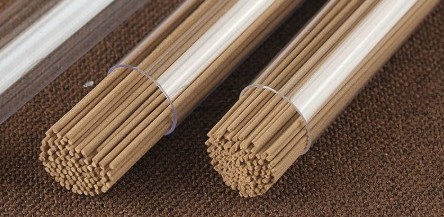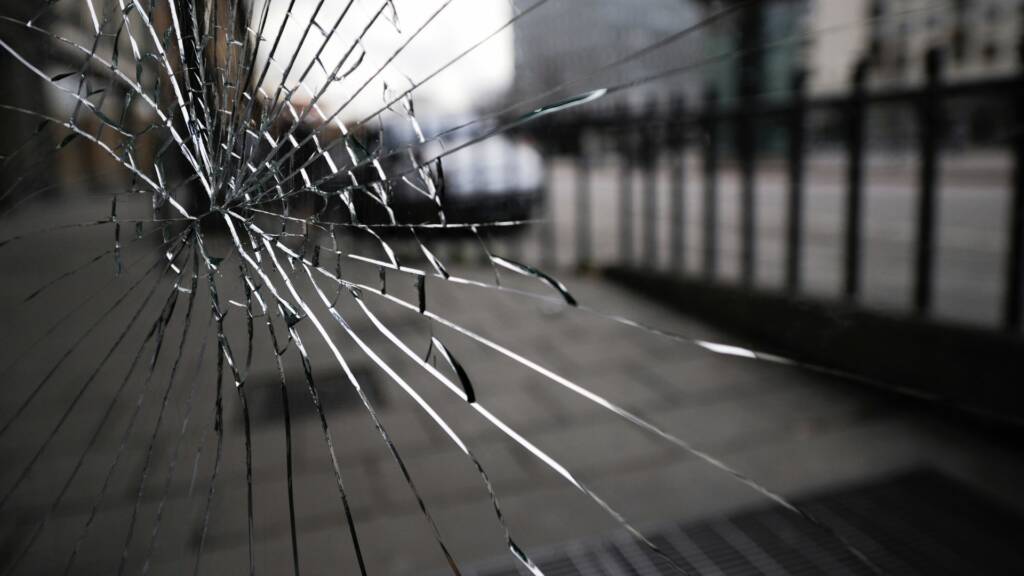Storage- -Application of acrylic tube
Acrylic tubes are often used to make storage containers, which not only provide practical storage functions, but also make the contents clear at a glance due to the transparency of the acrylic material, presenting a modern and neat feel.
Introduction to acrylic supply chain
Regarding different parts or stages of the Acrylic supply chain or production process, the supply chain is usually divided into upstream, midstream and downstream....
Acrylic VS. Glass
Acrylic is often viewed as a replacement for glass because it can replace glass in some ways, but there are some differences and limitations. Below is a comparison between acrylic and glass for your reference.
Lighting Articles-Application of crylic Tube and Rod
Utilize the transparent properties and changeable colors of acrylic tube materials, and create unique lighting effects by adding LED lights or other lighting sources inside.
Interior Design-Application of Acrylic Tube and Rod
Acrylic Tubes/Rods are becoming more and more popular in interior design because of their ability to create unique and impressive visual effects.


.jpg)



